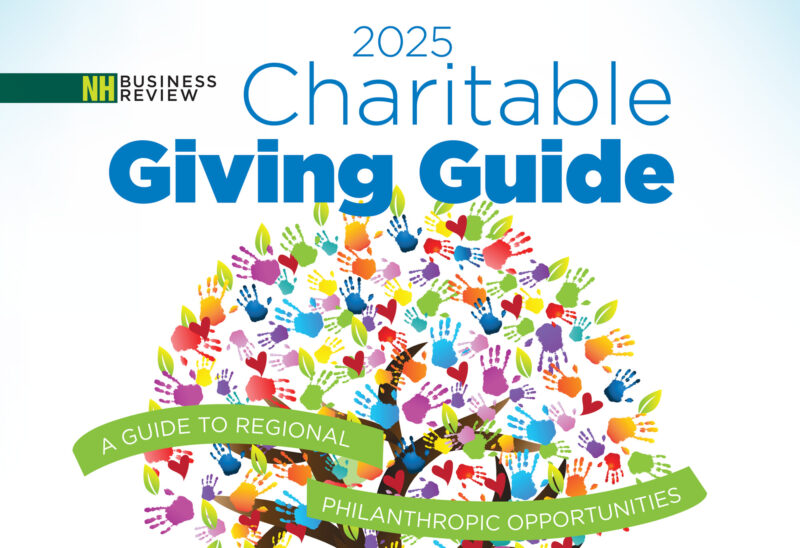Getting a jump on a “to-do” list is always such a good feeling. Many generous people may look to include charitable giving in their estate plans. The Foundation can employ a variety of helpful strategies and structures to help simplify the planning process today while ensuring that their legacies are honored for decades to come.
Consider a case where an advisor is finalizing an estate plan for a client who would like to leave bequests to multiple charitable organizations, but the list of organizations may change over the years. In other words, this client likely will want to make small changes to the estate plan’s provisions for charitable giving over the years, possibly multiple times. Of course, a client’s trust could be drafted to provide the specifics (for example, leaving 10% of the estate to five named charities). But what if, a few years from now, the client wants to add another charity to that list? Even a small change would require an amendment, which can be time-consuming for both attorney and client.
Instead, the client’s will or trust could name a fund at the Charitable Foundation as the beneficiary of the estate. Then, the client can work with Foundation staff to draft a memorandum of understanding (MOU) that provides instructions to the Foundation on how to administer the charitable gift, including naming the fund, directing what specific charities receive grant distributions, or what issue areas the fund will support. When the client wants to add new charities or interest areas, or update existing instructions, the client and Foundation can update the MOU without revising their estate documents. This process is fast and simple, and it allows generous people to ensure that their bequests are in line with ever-changing community needs.
In other cases, a client may have an existing fund with the Foundation, which they remain involved with throughout their lifetime and add to over time. They can also include provisions in their estate to add to this fund and provide instructions through an MOU on how it is to be administered after their death.
If a client is interested in naming the Foundation in their estate plans, we would encourage them to reach out to Foundation staff to create an MOU. In these conversations, we will seek to understand the donor’s intentions and goals for their charitable legacy, provide input around the organizations and needs they are seeking to support, and explain all aspects of the future administration of their gift, including distribution timeframes, amounts and our investment approach. And as helpful reference, below is our recommended language for naming the Foundation in an estate plan.
I give (_____ dollars) or (_____ percent of the residue of my estate) to the New Hampshire Charitable Foundation (or any successor corporation), a New Hampshire voluntary corporation with principal offices in Concord, New Hampshire, to be used in accordance with the Memorandum of Understanding on file with the Foundation.
This report was compiled by New Hampshire Charitable Foundation staff with material provided by Embolden. This article is informational and educational in nature. It is not offering professional tax, legal, or accounting advice.
For more information about how the New Hampshire Charitable Foundation can help advisors help their clients with charitable giving, please contact Michael DeCristofaro, Foundation director of advisor relations at Zvpunry.QrPevfgbsneb@aups.bet or (603) 225-6641, ext. 251.
















![Oluwakemi Olokunboyo of Dover received a McNabb scholarship to study nursing at Great Bay Community College [Photo by Cheryl Senter]](https://www.nhcf.org/wp-content/uploads/2024/05/Scholarship-Hero-800x548.jpg)
![Indrika Arnold, Senior Wealth Advisor, the Colony Group [Photo by Cheryl Senter]](https://www.nhcf.org/wp-content/uploads/2024/05/Indrika-Arnold-Hero-800x534.jpg)
